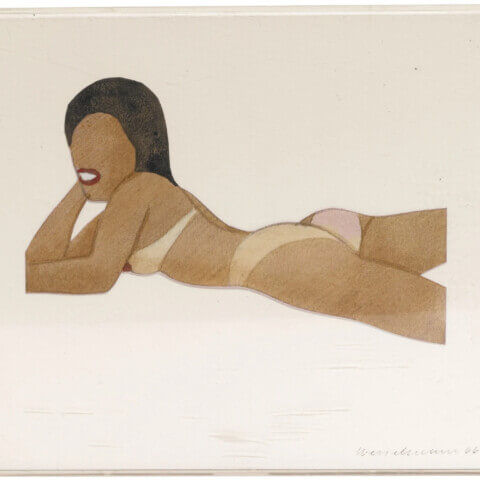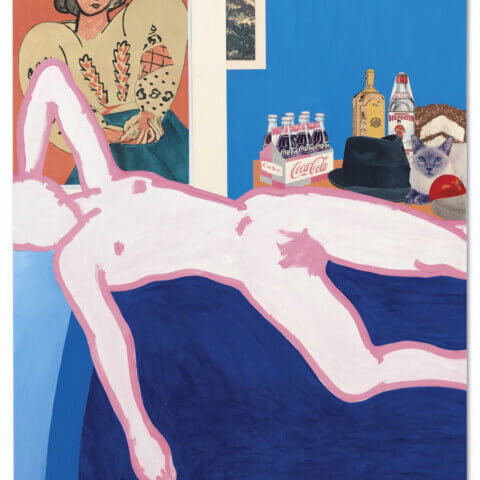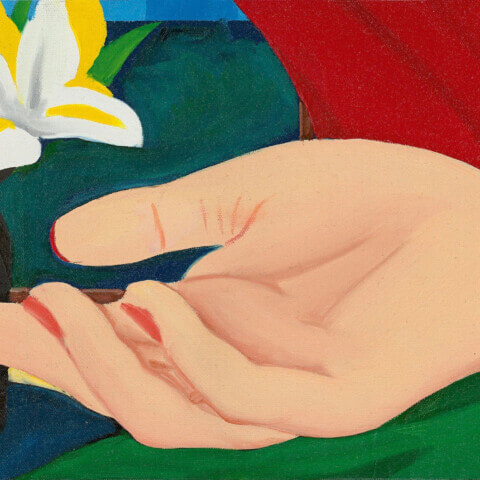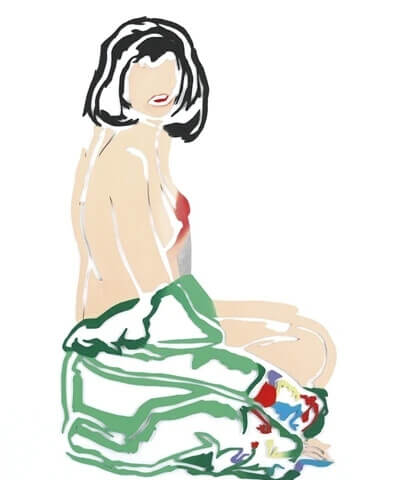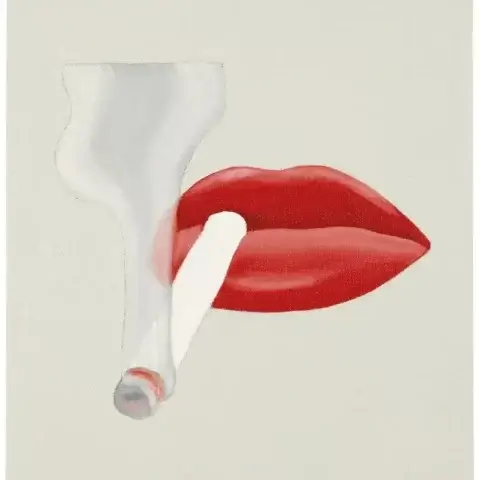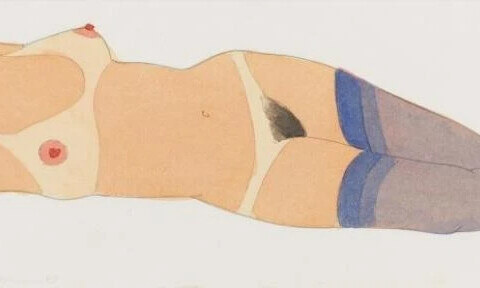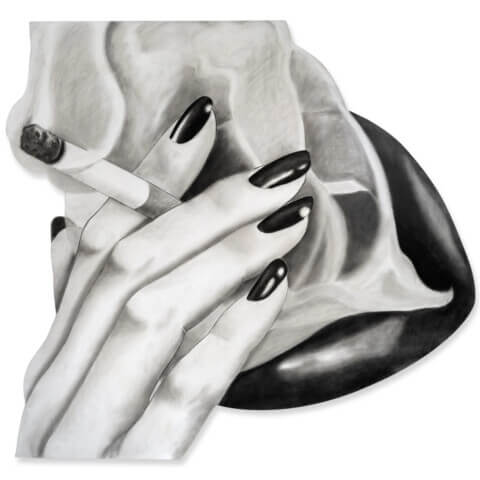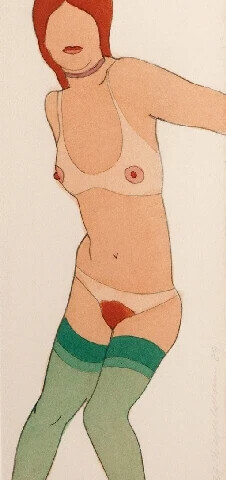Tom Wesselmann

Tom Wesselmann was an American artist known for his significant contribution to the Pop Art movement. Born on February 23, 1931, in Cincinnati, Ohio, he initially harbored a passion for drawing cartoons and writing gags. Wesselmann’s life took a definitive turn while serving in the Korean War, during which he began to sketch cartoons. After his service, he utilized his G.I. Bill to enroll at the Art Academy of Cincinnati and subsequently, at the Cooper Union in New York City, where he graduated with a Bachelor of Fine Arts degree in 1959.
Wesselmann made a name for himself in the early 1960s with his Great American Nude series, incorporating everyday objects and advertising ephemera to portray women in an erotic yet non-objectifying manner. His art pieces, which were often large scale, used bold, vibrant colors and were marked by a blend of reality and artifice. This unconventional approach served to challenge and critique the American consumer culture. His later works, such as the Still Life series, further expanded his iconic style by employing shaped canvases and mixed media elements.
While Wesselmann is most recognized for his association with the Pop Art movement, he was a multifaceted artist who explored various media such as painting, drawing, and sculpting. He also experimented with screenprinting and metalwork, culminating in the creation of his Steel Drawings series. Despite his exploration of various art forms, Wesselmann consistently adhered to his unique style of presenting everyday objects with an intense focus on color and form.
Throughout his career, Wesselmann’s work was exhibited in major institutions around the world, including the Museum of Modern Art in New York, Tate Modern in London, and Centre Georges Pompidou in Paris. His work has also been recognized in several retrospectives, including a major one at the Denver Art Museum in 2014, highlighting the diverse range of his artistic achievements.
Tom Wesselmann passed away in December 2004, leaving behind a legacy of innovation and exploration in the art world. His unique contributions to the Pop Art movement, coupled with his inventive approach to form and color, solidified his place as one of the 20th century’s most influential artists. His work continues to inspire and challenge perceptions of popular culture and fine art.

